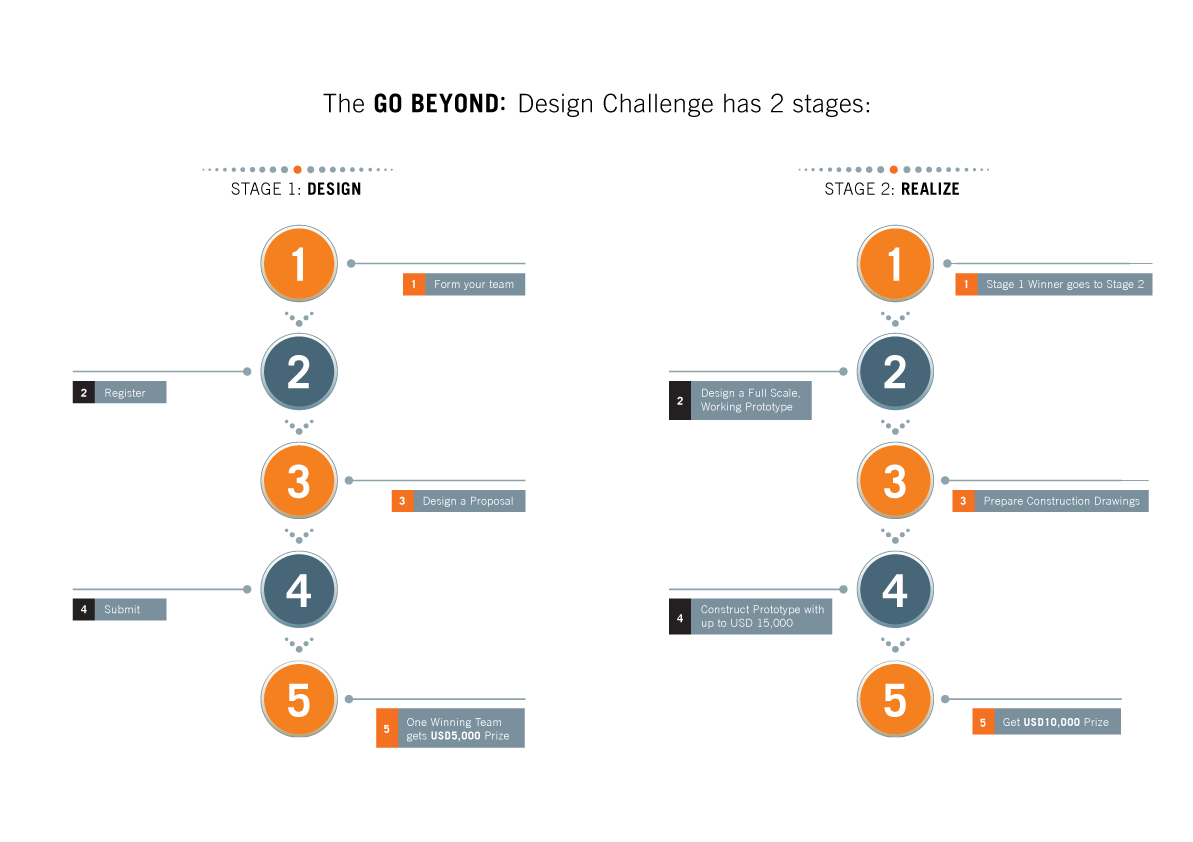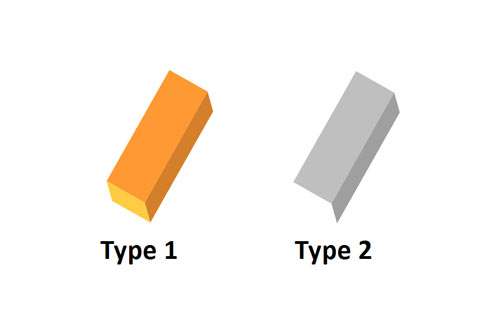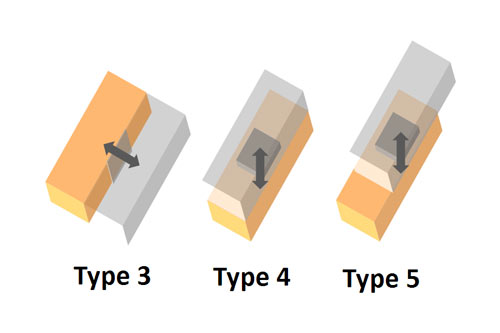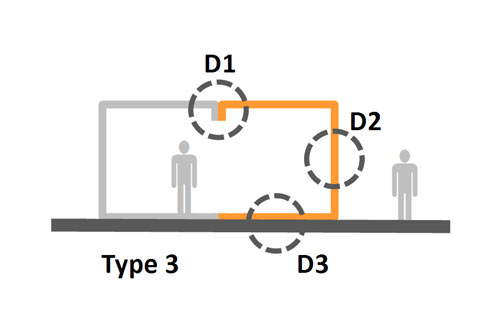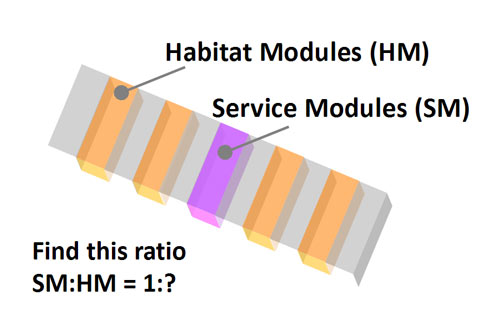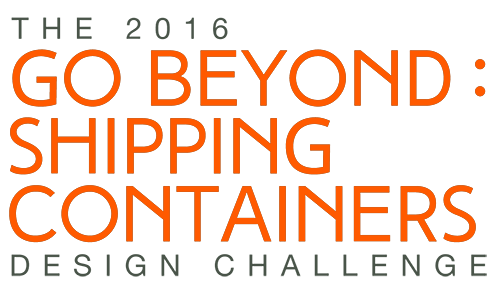
CHALLENGE INFO
The Opportunity
An opportunity to go beyond the status quo is defined.
2016
Every year, about 2 million shipping containers are no longer used. What if these could be upcycled into sustainable architecture to reduce the total carbon footprint of global development?
The Challenge
A challenge is then offered to the world. Architects, designers, engineers, inventors and innovators will form teams and submit their proposals.
2016
GO BEYOND: shipping containers by upcycling them into modular habitats.
The Prize
One winning team will progress to the next stage where a full scale, working prototype will be constructed.
2016
Prizes for this year's challenge:
Stage 1:
USD 5,000 Prize Money
Stage 2 :
Up to USD 15,000 for Prototyping
USD 10,000 upon completion of working Prototype
